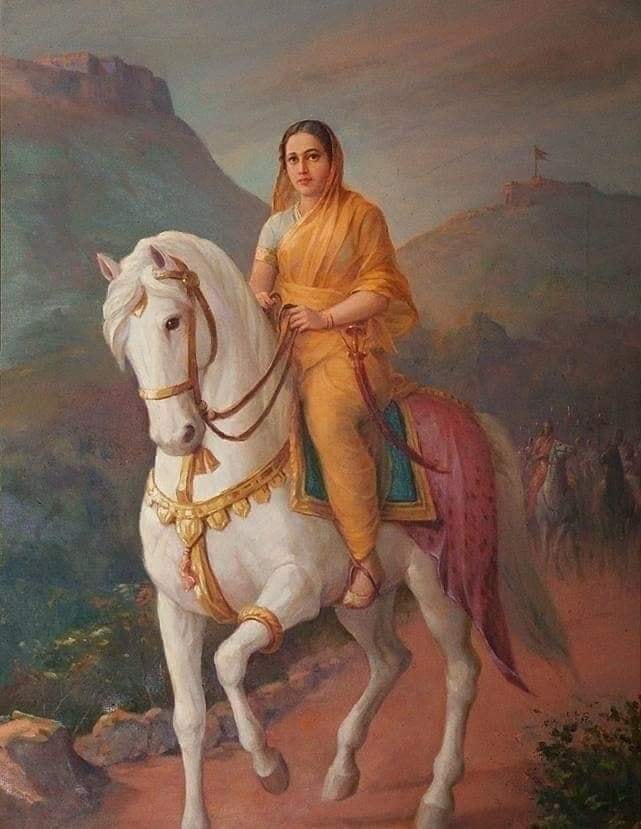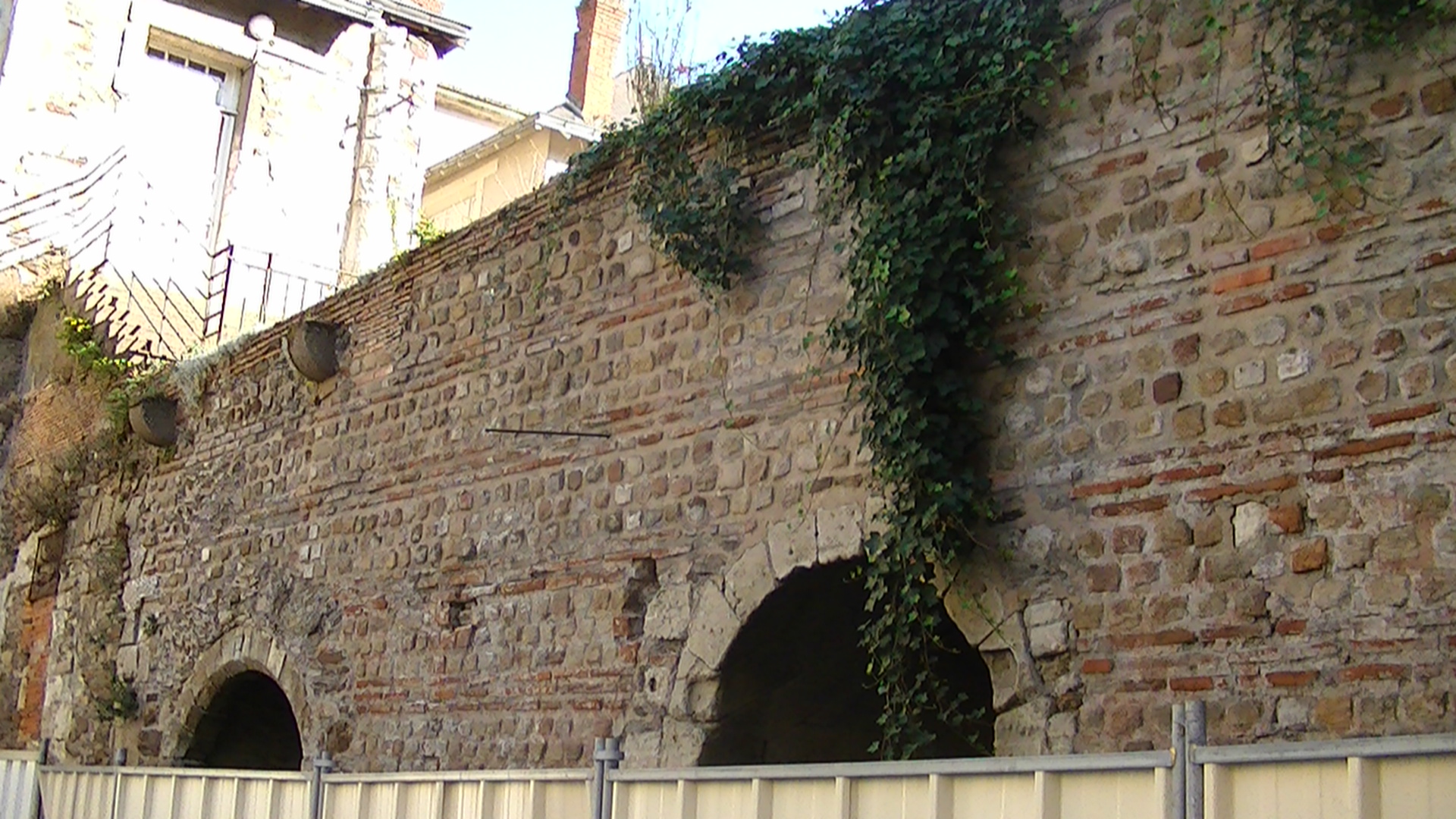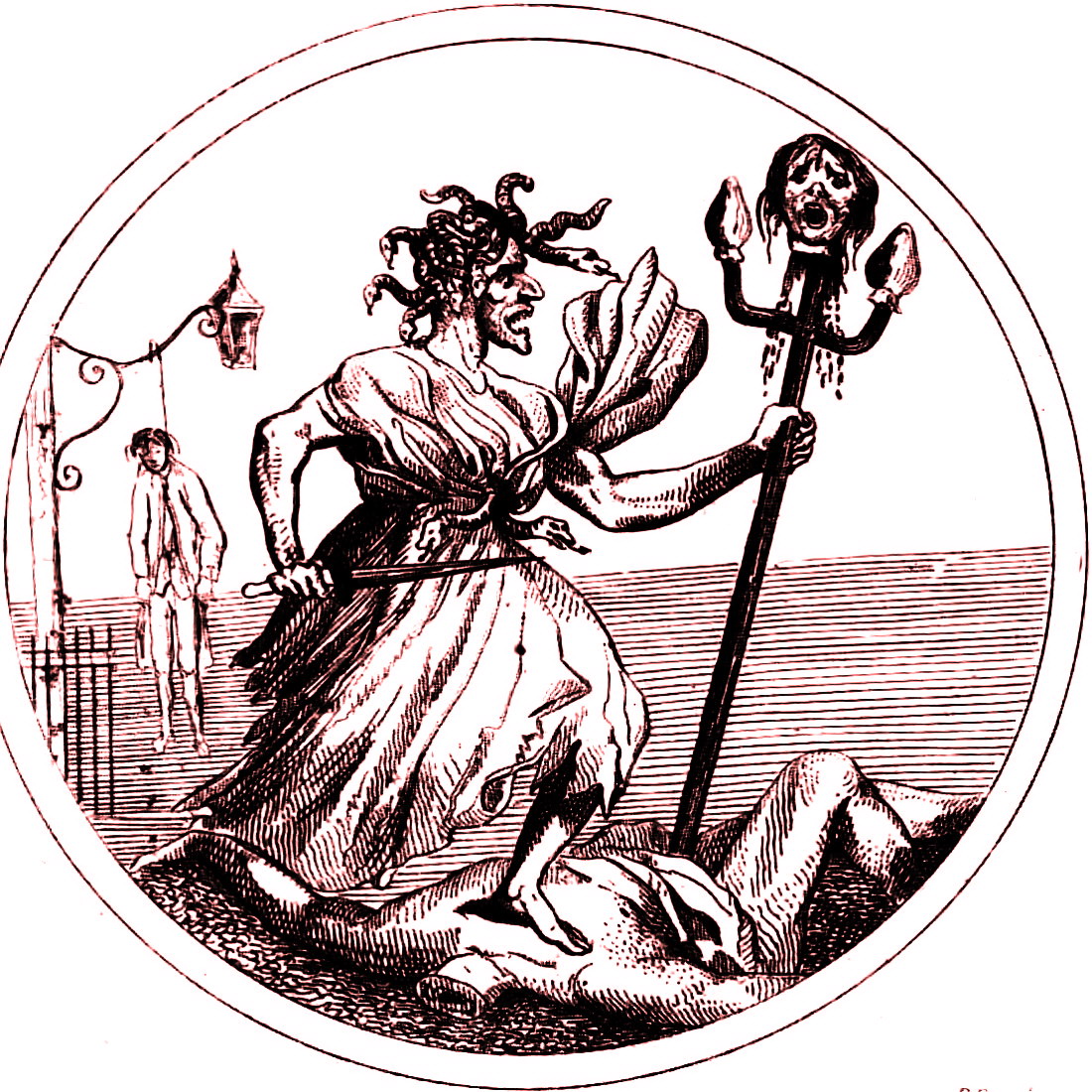|
Céleste Bulkeley
Céleste Bulkeley (née Céleste Talour de La Cartrie; 14 May 1753 – 13 March 1832) was a French aristocrat and soldier in the Catholic and Royal Army during the war in the Vendée. She was one of at least six women in the army of François de Charette known as the "amazons". She was particularly known in the 19th century, being included as a heroine in many school books of the time. Life Early life Céleste Julie Michèle Talour de La Cartrie de la Villenière was born on 14 May 1753, in the city of Angers. She was one of the 14 children of Guy Barthélemy Talour de la Cartrie and Jeanne Ollivier, who lived at the Château de la Villenière in La Pouëze. Various testimonies generally describe Céleste Bulkeley as a tall and beautiful woman with blonde hair. In 1779, Céleste married Louis Henri Marie Chappot de la Brossardière. She then settled at the Château de la Brossardière, in La Roche-sur-Yon. The couple had a daughter, Aminthe. However, Chappot de la Brossardi ... [...More Info...] [...Related Items...] OR: [Wikipedia] [Google] [Baidu] |
Angers
Angers (, , ;) is a city in western France, about southwest of Paris. It is the Prefectures of France, prefecture of the Maine-et-Loire department and was the capital of the province of Duchy of Anjou, Anjou until the French Revolution. The inhabitants of both the city and the province are called ''Angevins'' or, more rarely, ''Angeriens''. Angers proper covers and has a population of 154,508 inhabitants, while around 432,900 live in its metropolitan area (''aire d'attraction''). The Communauté urbaine Angers Loire Métropole, Angers Loire Métropole is made up of 29 communes covering with 299,500 inhabitants (2018).Comparateur de territoire INSEE Not including the broader metropolitan area, Angers is the third most populous Communes of France, commune in northwes ... [...More Info...] [...Related Items...] OR: [Wikipedia] [Google] [Baidu] |
Battle Of Le Mans (1793)
The Battle of Le Mans was a combat in the Virée de Galerne, an operation during the War in the Vendée. It resulted in the rout of the Vendéen forces by Republican troops. Prelude Victorious at the Battle of La Flèche after their setback at Angers, where they were unable to cross the river Loire, the desperate Vendéens, always sporadically attacked by the Republican cavalry, continued their march towards Le Mans. Their numbers were greatly reduced: the Catholic and Royal Army now numbered less than 20,000 men, and had with it thousands of wounded, women and children. Of the 80,000 the Vendéens had at the start of the Virée de Galerne, only 40,000 remained. Suffering of famine and the cold, ravaged by gangrenous dysentery, typhus and putrid fever, they mostly tried to obtain supplies. The Vendéens had managed to repel 4,000 Republicans in a half-hour at Pontlieu, but still demoralized and having lost a great part of their weaponry, they took Le Mans on 10 December ... [...More Info...] [...Related Items...] OR: [Wikipedia] [Google] [Baidu] |
Military Personnel Of The War In The Vendée
A military, also known collectively as armed forces, is a heavily Weapon, armed, highly organized force primarily intended for warfare. Militaries are typically authorized and maintained by a sovereign state, with their members identifiable by a distinct military uniform. They may consist of one or more military branches such as an army, navy, air force, space force, marines, or coast guard. The main task of a military is usually defined as defence of their state and its interests against external armed threats. In broad usage, the terms "armed forces" and "military" are often synonymous, although in technical usage a distinction is sometimes made in which a country's armed forces may include other paramilitary forces such as armed police. Beyond warfare, the military may be employed in additional sanctioned and non-sanctioned functions within the state, including internal security threats, crowd control, promotion of political agendas, emergency services and reconstructi ... [...More Info...] [...Related Items...] OR: [Wikipedia] [Google] [Baidu] |
Royalist Insurgents During The French Revolution
A royalist supports a particular monarch as head of state for a particular kingdom, or of a particular dynastic claim. In the abstract, this position is royalism. It is distinct from monarchism, which advocates a monarchical system of government, but not necessarily a particular monarch. Most often, the term royalist is applied to a supporter of a current regime or one that has been recently overthrown to form a republic. In the United Kingdom, the term is currently almost indistinguishable from "monarchist", as there are no significant rival claimants to the throne. Conversely, in 19th-century France, a royalist might be either a Legitimist, Bonapartist, or an Orléanist, all being monarchists. United Kingdom * The Wars of the Roses were fought between the Yorkists and the Lancastrians * During the English Civil War the Royalists or Cavaliers supported King Charles I and, in the aftermath, his son King Charles II * Following the Glorious Revolution, the Jacobites support ... [...More Info...] [...Related Items...] OR: [Wikipedia] [Google] [Baidu] |
Women In 18th-century Warfare
Women have contributed to military activities including as combatants. The following list describes women known to have participated in military actions in the 18th century. For women in warfare in the United States at this time, please see Timeline of women in war in the United States, pre-1945. Timeline of women in warfare from 18th century warfare worldwide (except the present US) 18th century * 1700–1721: An unnamed woman serves in the Swedish army in the Great Northern War; after the war, she is seen wearing men's clothing on the streets of Stockholm until the 1740s, where she was known as "The Rider". * 1700s: Tomasa Tito Condemayta acts as a military strategist and leader of a woman's battalion during Rebellion of Túpac Amaru II. * 1700s: Maria Ursula d'Abreu e Lencastro joined the Portuguese navy dressed as a man under the name Balthazar do Conto Cardoso, sailed for Portugal, joined the army, and took part in battles in India. * 1700s: Ingela ... [...More Info...] [...Related Items...] OR: [Wikipedia] [Google] [Baidu] |
1832 Deaths
Events January–March * January 6 – Abolitionist William Lloyd Garrison founds the New-England Anti-Slavery Society. * January 13 – The Christmas Rebellion of slaves is brought to an end in Jamaica, after the island's white planters organize militias and the British Army sends companies of the 84th regiment to enforce martial law. More than 300 of the slave rebels will be publicly hanged for their part in the destruction. * February 6 – The Swan River Colony is renamed Western Australia. * February 9 – The Florida Legislative Council grants a city charter for Jacksonville, Florida. * February 12 ** Ecuador annexes the Galápagos Islands. ** A cholera epidemic in London claims at least 3,000 lives; the contagion spreads to France and North America later this year. * February 28 – Charles Darwin and the crew of arrive at South America for the first time. * March 24 – In Hiram, Ohio, a group of men beat, tar and feather Mormon leader Joseph Smith. Apri ... [...More Info...] [...Related Items...] OR: [Wikipedia] [Google] [Baidu] |
1753 Births
Events January–March * January 3 – King Binnya Dala of the Hanthawaddy Kingdom orders the burning of Ava, the former capital of the Kingdom of Burma. * January 29 – After a month's absence, Elizabeth Canning returns to her mother's home in London and claims that she was abducted; the following criminal trial causes an uproar. * February 17 – The concept of electrical telegraphy is first published in the form of a letter to ''Scots' Magazine'' from a writer who identifies himself only as "C.M.". Titled "An Expeditious Method of Conveying Intelligence", C.M. suggests that static electricity (generated by 1753 from "frictional machines") could send electric signals across wires to a receiver. Rather than the dot and dash system later used by Samuel F.B. Morse, C.M. proposes that "a set of wires equal in number to the letters of the alphabet, be extended horizontally between two given places" and that on the receiving side, "Let a ball be suspen ... [...More Info...] [...Related Items...] OR: [Wikipedia] [Google] [Baidu] |
Nantes
Nantes (, ; ; or ; ) is a city in the Loire-Atlantique department of France on the Loire, from the Atlantic Ocean, Atlantic coast. The city is the List of communes in France with over 20,000 inhabitants, sixth largest in France, with a population of 320,732 in Nantes proper and a metropolitan area of nearly 1 million inhabitants (2020). With Saint-Nazaire, a seaport on the Loire estuary, Nantes forms one of the main north-western French metropolitan agglomerations. It is the administrative seat of the Loire-Atlantique Departments of France, department and the Pays de la Loire Regions of France, region, one of 18 regions of France. Nantes belongs historically and culturally to Brittany, a former Duchy of Brittany, duchy and Province of Brittany, province, and Reunification of Brittany, its omission from the modern administrative region of Brittany is controversial. Nantes was identified during classical antiquity as a port on the Loire. It was the seat of a bishopric at the ... [...More Info...] [...Related Items...] OR: [Wikipedia] [Google] [Baidu] |
Treaty Of La Jaunaye
The Treaty of La Jaunaye was a peace treaty for the War in the Vendée, agreed by François de Charette and Charles Sapinaud de La Rairie, on behalf of the leaders of the Catholic and Royal Army, and by Albert Ruelle on behalf of the National Convention on 17 February 1795 at the manor of La Jaunaye, at Saint-Sébastien-sur-Loire, near Nantes. The treaty brought an end to major hostilities. The Vendée counter-revolutionaries and Chouannerie, chouans recognised the French Republic and in return received assurances on freedom of religion, exemption from conscription and the right to keep their arms. The treaty is signed only by representatives of the Convention. Background In May 1794, General Louis Marie Turreau, commander of the Army of the West (1793), Army of the West, was recalled from his post, and the practice of infernal columns was brought to an end. After the Thermidorian reaction, in August 1794 General Lazare Hoche was placed in charge of the Army of the Coasts of B ... [...More Info...] [...Related Items...] OR: [Wikipedia] [Google] [Baidu] |
Saint-Cyr-en-Talmondais
Saint-Cyr-en-Talmondais is a commune in the Vendée department in the Pays de la Loire region in western France. Geography The river Lay forms part of the commune's eastern border. See also *Communes of the Vendée department The following is a list of the 253 communes of the Vendée department of France. The communes cooperate in the following intercommunalities (as of 2025):Communes of Vendée {{Vendée-geo-stub ... [...More Info...] [...Related Items...] OR: [Wikipedia] [Google] [Baidu] |
Avrillé, Maine-et-Loire
Avrillé () is a commune in the Maine-et-Loire department in western France. Population See also * Communes of the Maine-et-Loire department The following is a list of the 176 communes of the Maine-et-Loire department of France France, officially the French Republic, is a country located primarily in Western Europe. Overseas France, Its overseas regions and territories includ ... References Communes of Maine-et-Loire {{MaineLoire-geo-stub ... [...More Info...] [...Related Items...] OR: [Wikipedia] [Google] [Baidu] |
Reign Of Terror
The Reign of Terror (French: ''La Terreur'', literally "The Terror") was a period of the French Revolution when, following the creation of the French First Republic, First Republic, a series of massacres and Capital punishment in France, numerous public executions took place in response to the Federalist revolts, revolutionary fervour, Anti-clericalism, anticlerical sentiment, and accusations of treason by the Committee of Public Safety. While terror was never formally instituted as a legal policy by the Convention, it was more often employed as a concept. Historians disagree when exactly "the Terror" began. Some consider it to have begun in 1793, often giving the date as 5 September or 10 March, when the Revolutionary Tribunal came into existence. Others cite the earlier September Massacres in 1792, or even July 1789 when the first killing of the revolution occurred. Will Durant stated that "strictly, it should be dated from the Law of Suspects, September 17, 1793, to the e ... [...More Info...] [...Related Items...] OR: [Wikipedia] [Google] [Baidu] |




